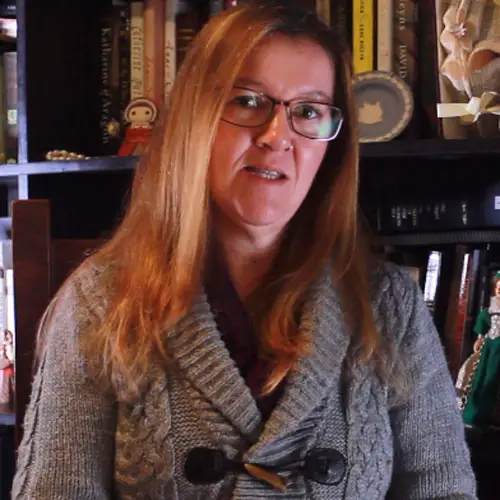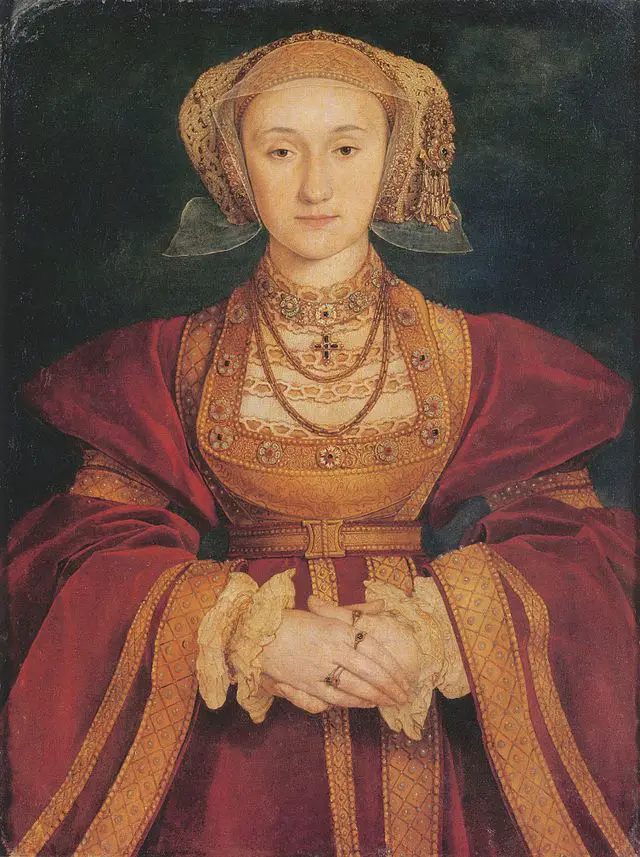 Thank you to regular contributor Heather R. Darsie for writing this four-part series for us. Here are links to the first two parts:
Thank you to regular contributor Heather R. Darsie for writing this four-part series for us. Here are links to the first two parts:
- Mirror, Mirror, on the Wall, Who’s the Most Renaissance of Them All? Part I: James IV of Scotland
- Mirror, Mirror, on the Wall, Who’s the Most Renaissance of Them All? Part II: Francis I of France
This is Part III of a four-part series, which seeks to look at what were considered the attributes of a Renaissance prince, and who of our four princes embodied the ideals of the Renaissance best. What were some of those themes? The idea of a Renaissance man stood for a person who strove to embrace knowledge and develop himself. This included concepts such as the arts, knowledge, physical achievements, and social ideals. More plainly and for a prince, this could include cultivating a court known for patronising artists, musicians, and the like; establishing educational institutions, a good degree of physical fortitude, and things such as chivalric love or engaging in acts of charity.
During this series, we will compare James IV of Scotland, Francis I of France, Henry VIII of England, and the Holy Roman Emperor Charles V. Please do leave a comment; I would enjoy hearing your thoughts!
And now for our third prince, Henry VIII of England!
Henry VIII himself was recognised as an exceptional athlete in his youth, doing well with sports, dancing and hunting. He was a man who enjoyed fine things. Henry is known to have written music during his time as king, along with keeping court musicians. Henry was a patron of the arts in that he employed individuals such as the famous Hans Holbein, owned illuminated manuscripts, and had a fine collection of expensive tapestries. Henry also liked to compete with Francis I of France in the realm of architecture, expanding buildings that he owned such as Hampton Court, and commissioning the construction of new palaces such as that of Nonsuch in Surrey, England. Unfortunately, Nonsuch no longer exists, but we do know that the palace was meant to compete with the Chateau du Chambord. Sadly, Henry never saw the palace completed, as he passed away in January 1547 and it was not completed until during the reign of his daughter Mary I, or possibly even later, during the reign of Elizabeth I.
Henry enjoyed book-learning and was a rather studious individual. For a time, he was devoted to the papacy and even penned a document in Latin condemning Martin Luther, called Assertio Septum Sanctorum, or Defence of the Seven Sacraments. This earned Henry the title of Fidei Defensor, or Defender of the Faith, by the pope. That title is still carried by today’s monarch, Queen Elizabeth II.
Sir Thomas More, a humanist and theologian, was a close friend of Henry’s and had an influence on him earlier on in Henry’s reign. As an intellectual, Henry was intrigued by the humanist ideals sweeping through Europe at the time. More introduced another famous humanist, Desiderius Erasmus, to Henry in 1509. Erasmus even sought to flatter Henry by writing a poem about the prince.
While Henry certainly had a promising start to his reign, much of the elements that created his glittering court fell by the wayside as time wore on. He suffered from a decline in his physical and mental health, which became more acute after 1540. His buildings, works of his favourite artists, some of his tapestry collection, and music have all come down through time to us here in the 21st century. It is no small feat for one person to be still so close to the forefront of modernity’s thoughts, or to continue being a source of influence and debate.
What do you think of Henry VIII as a Renaissance Prince?
Members can watch Claire's video talk on Henry VIII: Renaissance Prince - click here.
Heather R. Darsie lives in the United States with her family and three parrots. She works in the legal field, with a focus on children. She obtained a Bachelor of Arts degree in German Languages and Literature, then a Juris Doctorate in American jurisprudence, and studied abroad in Costa Rica and France. Heather has always loved history. She first became acquainted with Elizabeth I when she was in middle school and chose to write a book report about her. Since then, she has always held an interest in the Renaissance and its numerous enigmatic citizens, with particular focus on the history of England and Italy. She is currently working on a book on the heraldry of Tudor women and is also researching Anne of Cleves.
Sources & Suggested Reading
- Elton, George R. “Henry VIII.” https://www.britannica.com/biography/Henry-VIII-king-of-England Retrieved 9 December 2016.
- Phau, Donald. “Erasmus of Rotterdam, the Educator’s Educator.” Fidelio Magazine, Summer Vol. 1995. https://www.schillerinstitute.org/fid_91-96/952_erasmus.html Retrieved 20 December 2016.
- Stapleton, Thomas. The Life and Illustrious Martyrdom of Sir Thomas More, Formerly Lord Chancellor of England. Trans. Hallett, Philip E. London: Burn, Oates & Washbourne, Ltd. (1928).
- Biddle, Martin. Nonsuch Palace: the Material Culture of a Noble Restoration Household. Oxbow Books (2005).




this is boring